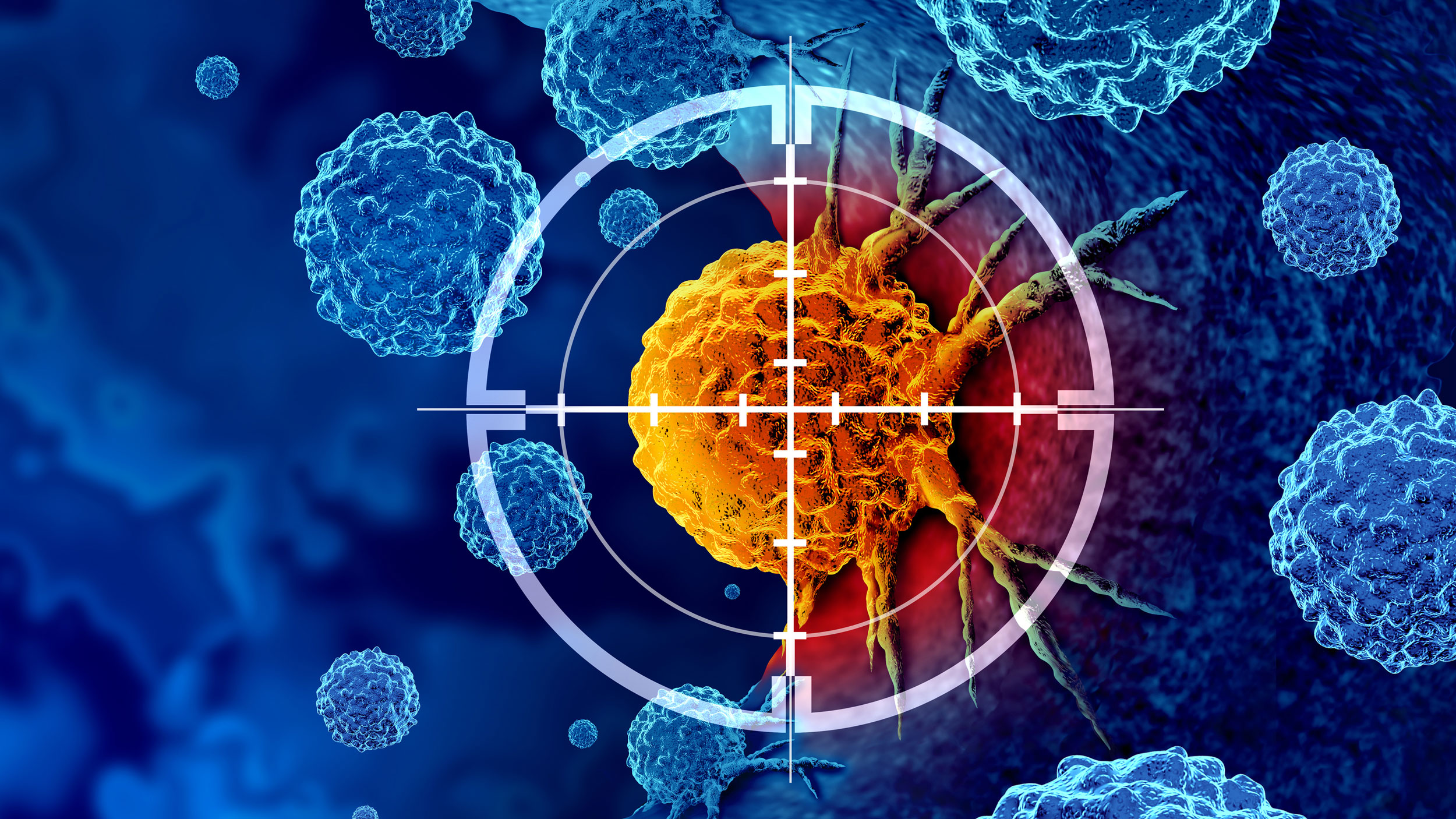Every second counts in the race to develop new lifesaving drugs. But the process of discovering and testing pharmaceuticals often runs into a major roadblock: how to rapidly connect therapeutic molecules to the proteins that deliver them precisely where they’re needed in the body. It’s a complex chemical challenge known as bioconjugation—and solving it could unlock the door to more effective treatments for cancer and other diseases.
A team of researchers led by Colgate Assistant Professor of Chemistry Jacob Goldberg and University of Rhode Island Assistant Professor of Chemistry Fang Wang has developed a groundbreaking approach that could cut the bioconjugation process from days to mere seconds. Their work is opening up exciting new possibilities for drug discovery and development, but it has required overcoming several complex problems.
“Imagine you’re trying to attach a cancer drug to an antibody protein that will carry it directly to tumor cells, and you want every single protein to carry exactly three drug molecules, no more and no less, to just the right place,” said Goldberg. “And you need to do that for millions of proteins. It’s a huge challenge.”
Traditional bioconjugation methods are slow and inefficient. Researchers often use tricks like heating up the reaction or adding a huge excess of drug molecules to speed things along. But these workarounds can backfire, damaging the delicate proteins or leading to unwanted side reactions.
“If you have a lot of excess drug molecules that don’t react,” Goldberg said, “you have to clean everything up at the end. And if you only really want one drug molecule per protein, but there’s another spot where the drug likes to bind, you’ll end up with some of it sticking where you don’t want it to.”
The conventional approach to accelerating bioconjugation—adding heat to the reaction—can ruin the proteins. “Think about an egg,” Goldberg said. “It has a lot of protein, and when you cook it, the proteins permanently change. They can’t go back to the way they were.”
To overcome this challenge, the team deployed an overlooked class of molecules called pyridinium salts that are highly reactive with a particular amino acid, cysteine, found in many proteins. These molecules enable a type of reaction called “cysteine arylation” to occur at breakneck speeds under mild, biologically compatible conditions.
The results of this new approach were stunning, even to Goldberg. While traditional bioconjugation reactions can take days to react at low concentrations, these pyridinium salts, known as CAP reagents, can link proteins and drug molecules in a matter of minutes—or even seconds.
The key to this blinding speed lies in the unique chemical properties of the pyridinium salts. Highly water-soluble and electrophilic, they are perfectly primed to latch onto cysteine at the slightest opportunity. This means bioconjugation can occur quickly and selectively even at very low concentrations of the protein and drug.
Those details are more than just chemical arcana. They have profound implications for accelerating the development of new potentially lifesaving drugs for cancer and a host of other diseases. More efficient bioconjugation means scientists can more rapidly synthesize and test promising drug candidates, potentially shaving years off the drug development timeline. It also enables entirely new therapeutic approaches based on fine-tuned delivery of drugs to specific tissues and cells.
“We hope that drug companies are going to be interested in this,” said Goldberg. “There are a lot of applications for fundamental drug discovery. If one of the goals is to be able to screen thousands or even millions of molecules, and we have chemistry that lets you make them very quickly without a lot of purification, hopefully, that opens up the realm of possibilities.”
The work has already caught the attention of the pharmaceutical industry, with patents pending. While reluctant to speculate too much, Goldberg sees CAP reagents as potentially ushering in a new age of smart, selective antibody-based therapies.
“I think we’re going to see a real shift toward more targeted treatments as this technology matures,” he said. “The ability to optimize how and where drugs are delivered in the body is a tremendous opportunity to boost effectiveness and reduce side effects for patients.”
Goldberg acknowledges that there’s still more work to be done to fully understand the underlying chemistry in his accelerated bioconjugation process. But his lab is already finding creative ways to harness CAP reagents for a wide range of applications.
By attaching fluorescent dyes, researchers can efficiently label proteins to track their movement and interactions inside living cells. Linking other molecules allows for easy isolation and analysis of proteins from complex biological samples. Two-step techniques even open the door to stabilizing proteins or “stapling” therapeutic molecules into optimal shapes.
“The early results are encouraging — that we can broaden the scope of these fast reactions for bioconjugate chemistry,” said Goldberg. “We’ve got some cool next-generation stuff in the pipeline.”
From accelerating drug discovery to enabling targeted delivery, Goldberg’s lightning-fast CAP reagents are set to transform how medicines are made and deployed. By drastically reducing the time and effort required for bioconjugation, this innovative chemistry opens new avenues for treating diseases ranging from cancer to neurodegeneration. Like a molecular Formula 1 racer, Goldberg’s team is navigating the complex world of pharmaceutical science at remarkable speeds—and they show no signs of slowing down.

